Species Photo Gallery for Scaralina marmorata No Common Name 23 |
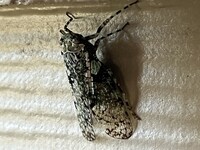 | Photo by: Conlan Whisnant
Burke Co.
Comment: | 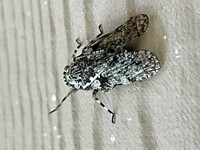 | Photo by: Conlan Whisnant
Burke Co.
Comment: |
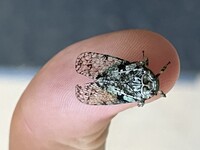 | Photo by: Conlan Whisnant
Burke Co.
Comment: | 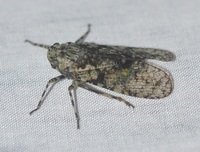 | Photo by: K. Bischof
Transylvania Co.
Comment: GORG |
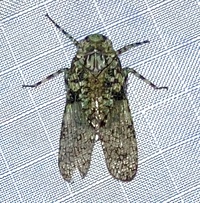 | Photo by: Ken Kneidel
Yancey Co.
Comment: came to UV light at night | 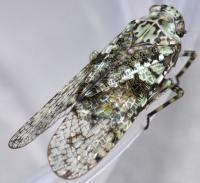 | Photo by: Stan Gillam
Guilford Co.
Comment: |
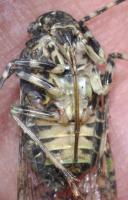 | Photo by: Stan Gillam
Guilford Co.
Comment: | 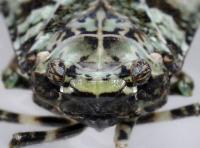 | Photo by: Stan Gillam
Guilford Co.
Comment: |
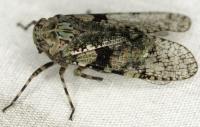 | Photo by: T. DeSantis
Durham Co.
Comment: ENRI | 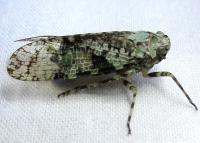 | Photo by: J. Allen Ratzlaff
Buncombe Co.
Comment: |
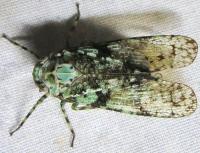 | Photo by: J. Allen Ratzlaff
Buncombe Co.
Comment: | 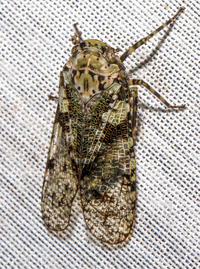 | Photo by: Steve Hall
Orange Co.
Comment: Found at moth sheet |
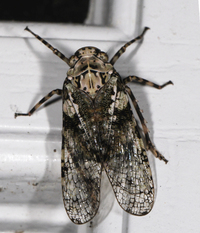 | Photo by: John Petranka
Orange Co.
Comment: Attracted to 15W UV lamp | 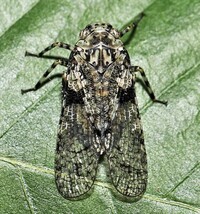 | Photo by: Rob Van Epps
Mecklenburg Co.
Comment: Attracted to UV light. |
 | Photo by: Rob Van Epps
Mecklenburg Co.
Comment: Attracted to UV light. | 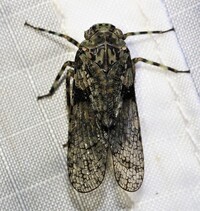 | Photo by: Rob Van Epps
Mecklenburg Co.
Comment: Attracted to UV light. |
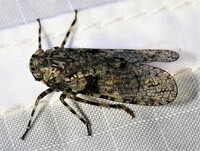 | Photo by: Rob Van Epps
Mecklenburg Co.
Comment: Attracted to UV light. |  | Photo by: K. Bischof
Transylvania Co.
Comment: GORG |
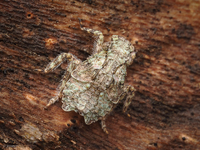 | Photo by: Erin Price-Erwin
Guilford Co.
Comment: I am unsure if this is a Calyptoproctus marmoratus because I have not been able to find pictures of nymphs for reference. | 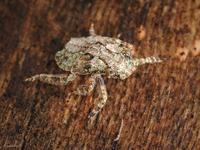 | Photo by: Erin Price-Erwin
Guilford Co.
Comment: I am unsure if this is a Calyptoproctus marmoratus because I have not been able to find pictures of nymphs for reference. |
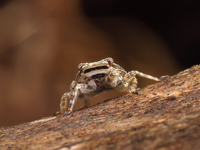 | Photo by: Erin Price-Erwin
Guilford Co.
Comment: I am unsure if this is a Calyptoproctus marmoratus because I have not been able to find pictures of nymphs for reference. |  | Photo by: Erin Price-Erwin
Guilford Co.
Comment: I am unsure if this is a Calyptoproctus marmoratus because I have not been able to find pictures of nymphs for reference. |
 | Photo by: R Emmitt
Orange Co.
Comment: It landed on the moth sheet and ran up the sheet and left. Barely got a photo. It was big over 1/2 inch long, at first I thought it was a big fly! - unid_planthopper |

 »
»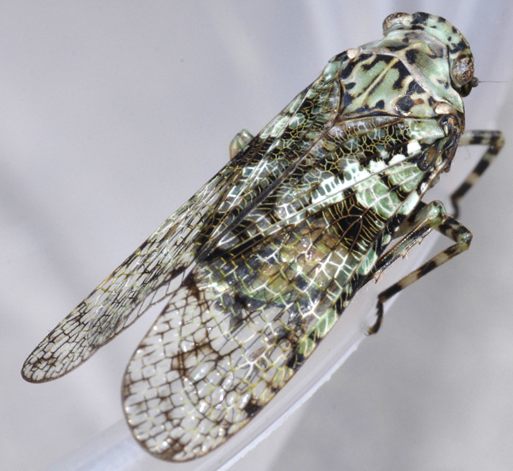

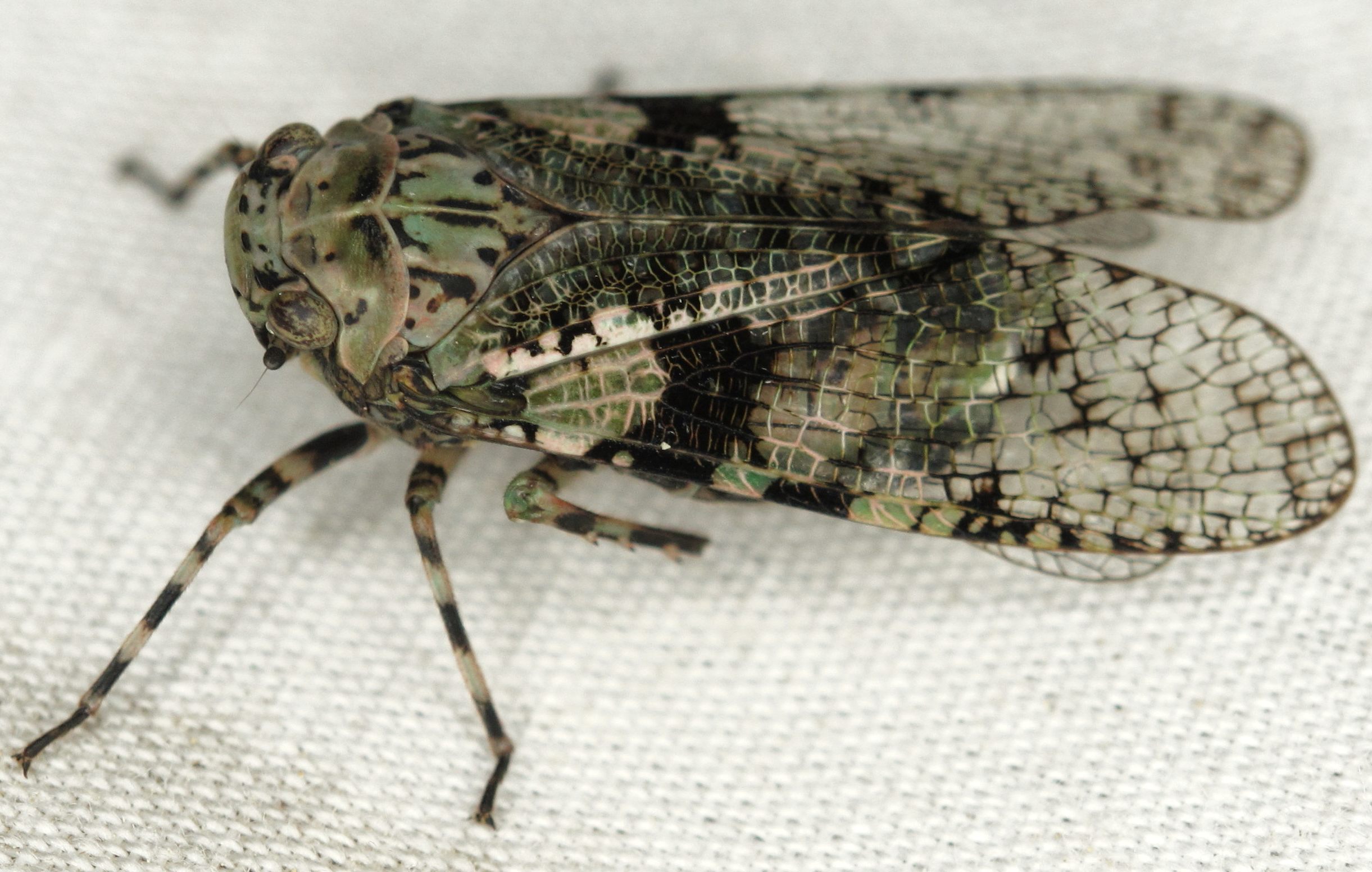


 »
»


